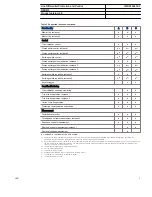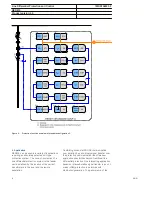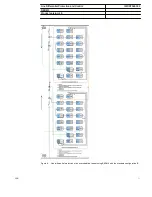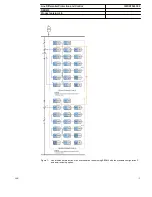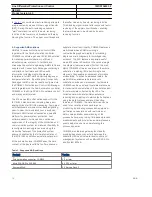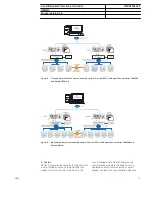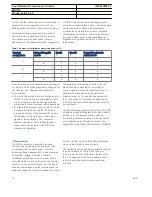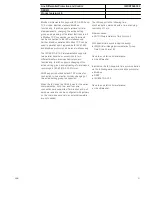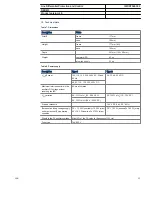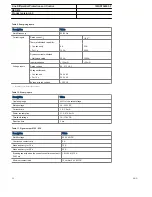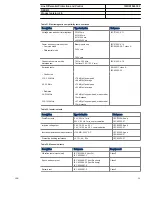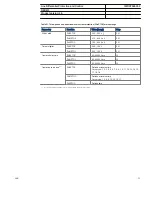
15. Protection communication and supervision
The communication between the IEDs is enabled
by means of a dedicated fibre-optic
communication channel. 1300 nm multi-mode or
single-mode fibres with LC connectors are used
for line differential communication. The channel is
used for transferring the phase segregated
current value data between the IEDs. The current
phasors from the two IEDs, geographically
located apart from each other, must be time
coordinated so that the current differential
algorithm can be executed correctly. The so
called echo method is used for time
synchronization. No external devices such as
GPS clocks are thereby needed for the line
differential protection communication.
As an option to the fibre-optic communication link
a galvanic connection over a pilot wire link
composed of a twisted pair cable and RPW600
link-end communication modems can be
established. The optional pilot wire
communication link is also an ideal and cost
efficient retrofit solution for electromechanical line
differential protection installations. Compared to
conventional combined sequence line differential
protection solutions with analog pilot wire
communication, RED615 IEDs in combination
with RPW600 communication modems offer a
modern phase-segregated line differential
protection solution over existing pilot wire cables.
The pilot wire link supports the same protection
and communication functionality as the fibre-optic
link. The quality of service (QoS) is indicated by
the modems and the communication link is
continuously supervised by the IED. The RPW600
modem offers a 5 kV (RMS) level of isolation
between the pilot wire terminals and ground. The
RPW600 modems (master and follower) are
galvanically connected to either end of the pilot
wire and optically connected to the IEDs using
short optical single-mode cables. Using 0.8 mm
2
twisted pair cables pilot wire link distances up to
8 km are typically supported. However, twisted
pair pilot wire cables in good conditions may
support even longer distances to be covered. The
length of the supported pilot wire link also
depends on the noise environment in the
installation. Should the need arise to replace the
pilot wire cables with fibre-optic cables, the single
mode fibre-optic LC connectors of the IEDs can
be utilized for direct connection of the fibre-optic
communication link.
Apart from the continued protection
communication, the communication channel can
also be used for binary signal transfer (BST) that
is, transferring of user configurable binary
information between the IEDs. There are a total of
eight BST signals available for user definable
purposes. The BST signals can originate from the
IED’s binary inputs or internal logics, and be
assigned to the remote IED’s binary outputs or
internal logics.
The protection communication supervision
continuously monitors the protection
communication link. The IED immediately blocks
the line differential protection function in case that
severe interference in the communication link,
risking the correct operation of the function, is
detected. An alarm signal will eventually be issued
if the interference, indicating permanent failure in
the protection communication, persists. The two
high-set stages of the overcurrent protection are
further by default released.
Line Differential Protection and Control
1MRS756500 F
RED615
Product version: 4.0
18
ABB
Содержание RED615 ANSI
Страница 1: ...Relion 615 series Line Differential Protection and Control RED615 Product Guide...
Страница 64: ...64...
Страница 65: ......
Страница 66: ......
Страница 67: ......


